On the eighteenth day of the war in Ukraine, Russian regular troops fired on four Orthodox churches.
We are talking about Christian shrines in Zhytomyr, Kharkiv, Lugansk and Donetsk regions.
The last time the deliberate destruction of churches in Ukraine was carried out even by non-Nazis during the Second World War. This was done by the Bolsheviks in the 1920s as part of an anti-religious campaign.
Donetsk region
Svyatogorsk Lavra (Svyatogorsk city)
The first mention of the temple in Svyatogorsk dates back to the 15th century, and already in the 19th century it became one of the largest monasteries of the Russian Empire. During the existence of the USSR, the shrine completely fell into decay, and only with the advent of independence of Ukraine, in 1992, it received the status of a lavra.
On the night of March 12-13, 2022, as a result of the shelling of the city, the windows in the Assumption Cathedral and the Intercession Church were shattered from the blast wave.
The hotel of the Lavra was also damaged, where at that time 520 refugees lived, 200 of whom were children.

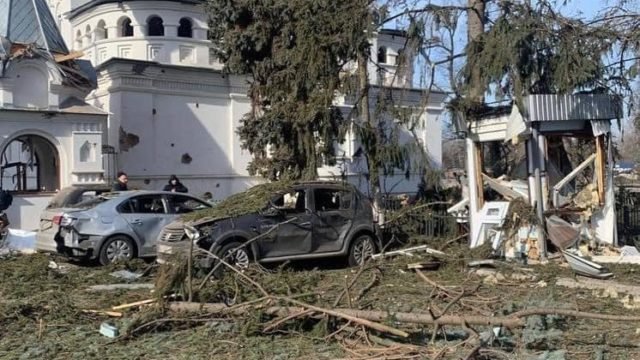
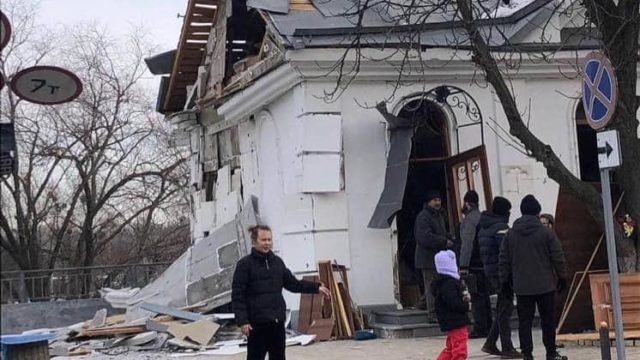
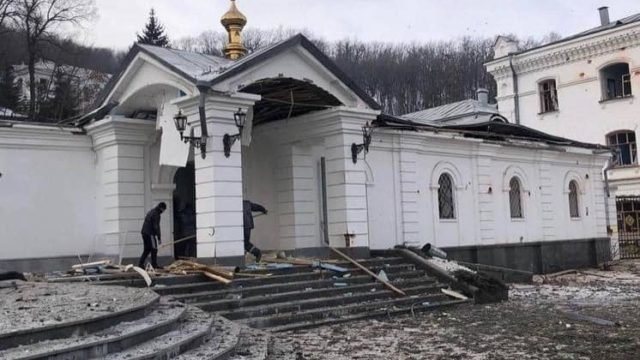
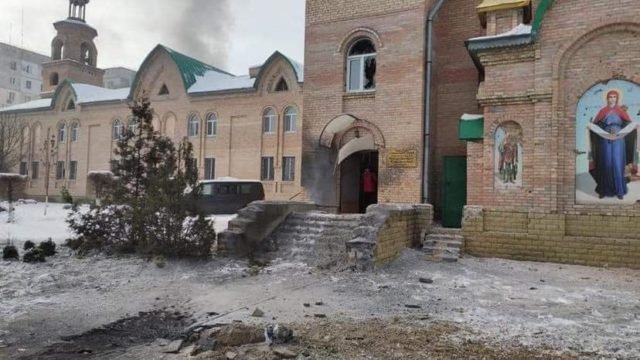
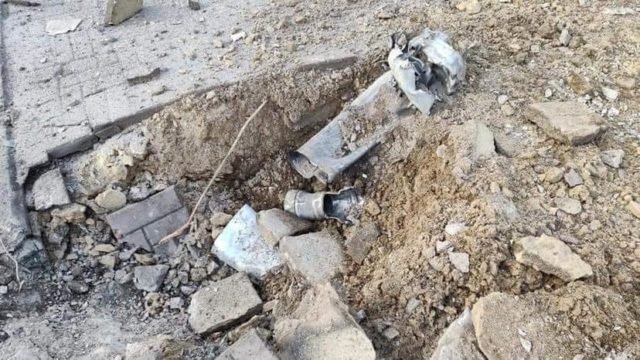
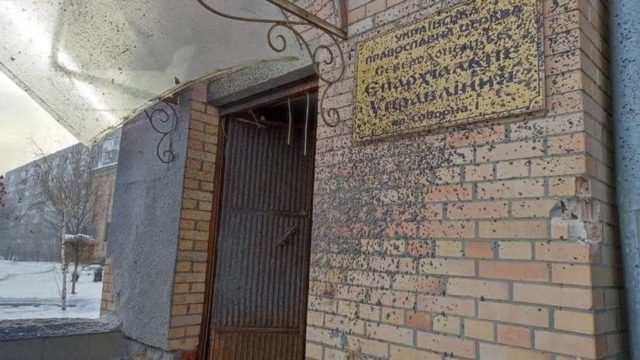
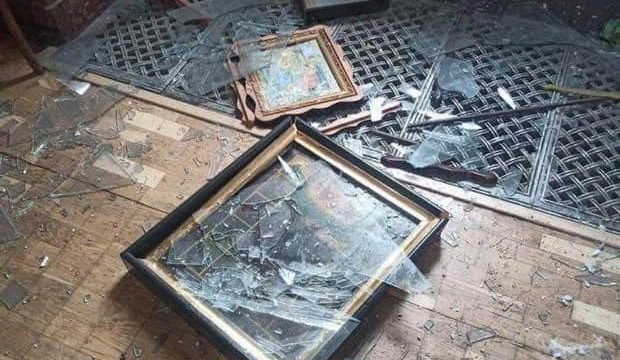



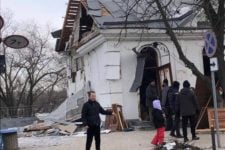
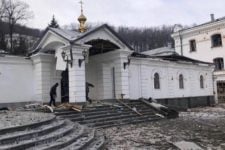
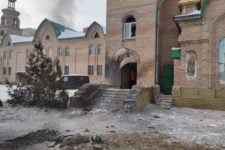
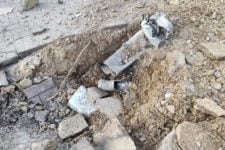
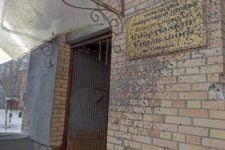

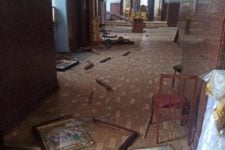
In the best traditions of the Bolsheviks: how many Ukrainian churches were shelled by Russian troops / 9 photos
Zhytomyr Oblast
Church of the Nativity of the Blessed Virgin Mary (Vyazovka village)
The temple was built of wood and on a stone foundation back in 1862. For a long time the church was a monument of national importance.
As a result of enemy shelling from the air, the church was destroyed.
Kharkov region
Assumption Cathedral (Kharkov city)
One of the oldest Orthodox churches in Kharkov, built in the XVII-XVIII centuries. At the time of the shelling, people were hiding in the Assumption Cathedral: fortunately, no one was injured as a result of the strike.
Lugansk region
Christ-Nativity Cathedral (Severodonetsk city)
The cathedral was built in 2001, and six years later it received the status of a cathedral. By the time of the shelling, local residents were hiding in the temple.
More than 10 craters, fragments of shells smashed many windows in the cathedral and the administrative building, which houses the Diocesan Administration and utility rooms.
In the basement of the cathedral, where statutory services used to be held, the windows were shattered.

